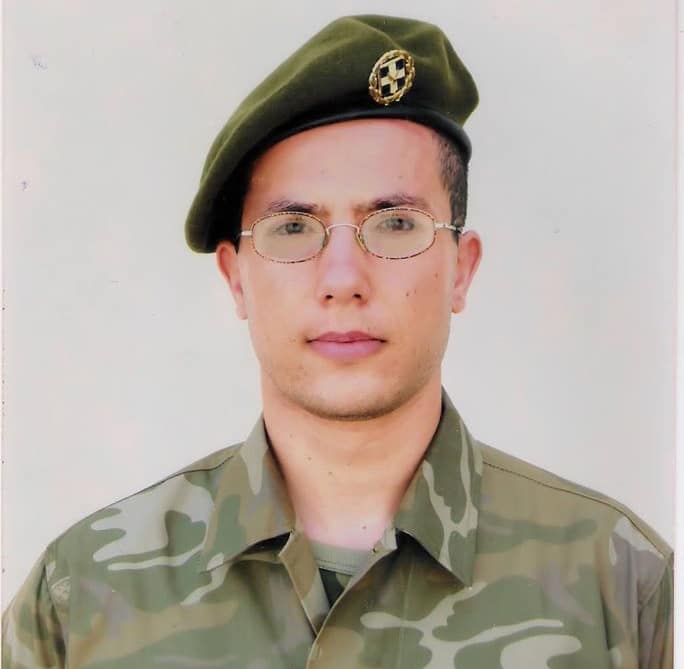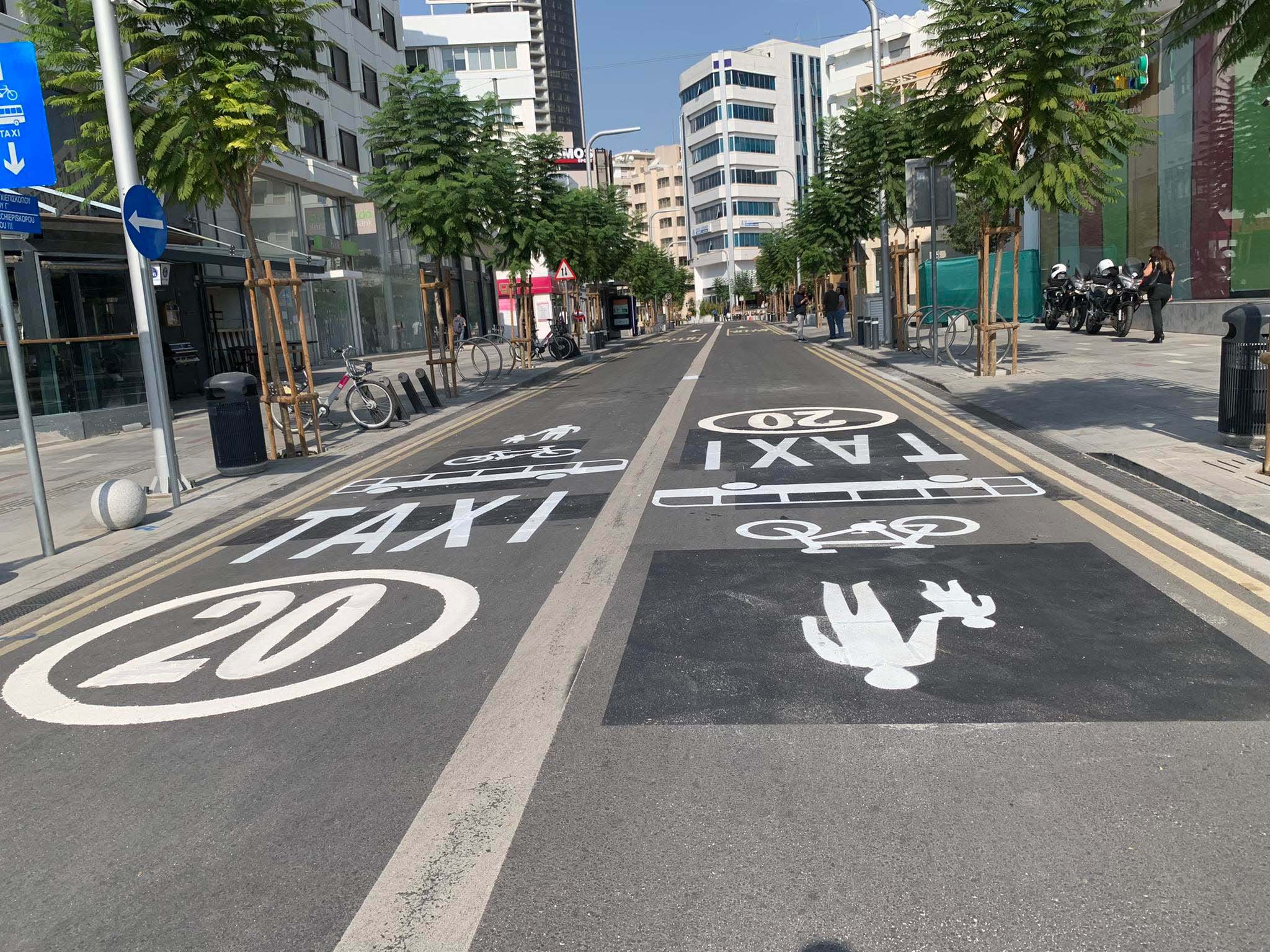Cyprus willed into existence a pricey humanitarian corridor linking the island to war-torn Gaza, but how useful was it?
THE HORRORS inflicted upon Gaza in the last 15 months have invoked an urge to do something to feel like one is not simply a bystander and is on the right side of history.
Untold devastation has been wrought by the State of Israel upon the tiny strip of land which is home to around two million people who have no right to leave, and the images of death and destruction have urged many to act.
One party which was so moved was the Cypriot government, which as early as October 27 last year posited the idea of a humanitarian corridor from the island to Gaza, providing aid by sea from Cyprus’ safe ports.
Questions were immediately raised over its feasibility and effectiveness, given that Gaza has to varying extents required humanitarian aid since the Nakba in 1948, and that aid had for 75 years typically arrived in the strip by land, either through the Rafah crossing from Egypt, or from the Erez and Kerem Shalom crossings from Israel.
Cyprus’ government remained convinced that maritime aid was feasible and would be useful, and somewhere along the line, the project was christened ‘Amalthea’, after the Greek goddess who is often depicted as the goat which suckled the infant Zeus.
The plan did eventually get off the ground with the first aid ship, the Open Arms, setting sail in March with aid provided by the United Arab Emirates and distributed by American charity World Central Kitchen (WCK).
Improving weather and visible success of the plan then allowed for three ships, the Open Arms, the Jennifer, and the Ledra Dynamic, alongside the floating platform the Ares to facilitate the aid’s arrival, to all set sail at once at the end of the same month.
The plan looked to be going from strength to strength as April began, with European Parliament president Roberta Metsola visiting the island, keen to see the work being done in Larnaca as the humanitarian aid corridor grew and thrived.
However, while Metsola was landing in Cyprus, the aid corridor hit its first major obstacle and suffered its most difficult tragedy, as seven aid workers transporting over land the goods which had been sent from Cyprus were killed in three simultaneous Israeli airstrikes.
The three ships then returned to the island with 240 tonnes of aid still unloaded, and the plan lay in tatters.
Not to be deterred, however, the Cypriot government returned with a new plan: a temporary jetty attached to the coast of Gaza onto which humanitarian aid would be brought off ships sent from Cyprus.
It was built and financed by the United States to the tune of $230 million (€215m at the time), and was initially supposed to be completed by April 20, with a trickle of ships being sent from Cyprus to the Israeli port of Ashdod in the meantime to then have the aid packages transported into Gaza over land through the Erez crossing.
Its completion date was the first of many obstacles. The jetty was not in place for nearly a full month after April 20, eventually entering service on May 17, and immediately faced doubts over whether it would actually help more than hinder.
United Nations senior humanitarian and reconstruction coordinator for Gaza Sigrid Kaag said at the time that the Amalthea project could “never be a substitute” for aid deliveries made by land, and British newspaper The Guardian reported that it may have been anchored in the wrong place.
Then, it broke. Wind in the area caused it to structurally fall apart after less than two weeks in position, with four ships which were supposed to be holding it in place being strewn across a beach near the Israeli town of Ashkelon and needing weeks to be freed from the sand.
By the end of May, the US had already said it was looking for a “different way” to get aid from Cyprus to Gaza, with the jetty still in pieces in Ashdod and boats still beached in Ashkelon, and a total of 20 humanitarian aid agencies described the jetty as a “cosmetic change” which had “little impact”.
It was eventually reattached in June, but US Central Command was within 48 hours forced to deny that it had been used in an Israeli military operation which reportedly killed at least 274 Palestinians.
Aid did continue to trickle into Gaza via the jetty, but another Guardian investigation found that the jetty was only operable in conditions where waves were smaller than 1.25 metres high.
It was removed from its place once more within two weeks over fears that it may disintegrate again, while international organisations continued to wince at the inherent danger that Israeli attacks in its vicinity were placing on aid workers.
The UN World Food Programme (WFP) paused its distribution of aid from the jetty, with executive director Cindy McCain saying two of its warehouses nearby had been “rocketed”.
After being removed for a third time at the end of June, it was clear to most observers that the idea of the jetty was dead in the water.
The WFP confirmed to the Cyprus Mail shortly afterwards that they had undertaken an “exceptional one-off operation” to remove the remaining aid shipped from Cyprus from the beach to which the jetty was once attached, and the US a day later confirmed the jetty would be permanently removed.
US Central Command spokesman Major General Pat Ryder declared the “mission” of the jetty was “complete” a week later, adding, “there is no more need to use the jetty”.
In the two months between its installation on May 17 and Ryder’s declaration on July 17, the jetty had been operational for a total of 12 days.

Pentagon spokeswoman Sabrina Singh insisted it was “still a success”, however, pointing out that a total of 9,000 tonnes of humanitarian aid were moved into Gaza using it over the course of those 12 days.
After that, things went largely quiet. The eyes of the world turned to Lebanon for the rest of the summer, as rhetoric between Israel and Hezbollah ramped up before Israel eventually launched an invasion of the south of Lebanon in October.
However, at the end of last month, Foreign Minister Constantinos Kombos revived the name Amalthea, promising that the transfer of humanitarian aid from Cyprus to Gaza would recommence “soon” via the port of Ashdod.
He stressed that the corridor had been a success, noting that aid was transferred to Gaza from Cyprus “despite the huge storm of difficulties, doubt, sometimes ridicule, which came first and foremost internally”.
It is tough to measure success when talking about humanitarian aid corridors. On the one hand, whether or not it was done via a $230m jetty which spent thrice as much time being repaired as being useful, those 9,000 tonnes of humanitarian aid were delivered to the people of Gaza, and 9,000 tonnes of aid is better than no aid.
That, in addition to the aid sent to Ashdod and the aid delivered onto the floating platform which preceded the jetty, would of course be better than nothing.
One may argue that the US’ $230m could have been better spent on a method of delivering humanitarian aid which can be carried out when the sea is anything but still, and that two months spent trying to make the jetty work when transferring aid to Gaza by land seemed much more feasible was a waste of everyone’s time.
The international community’s view will be evident by its reaction to Cyprus’ new attempted revival of Amalthea, with no end in sight to the devastation in Gaza.







Click here to change your cookie preferences